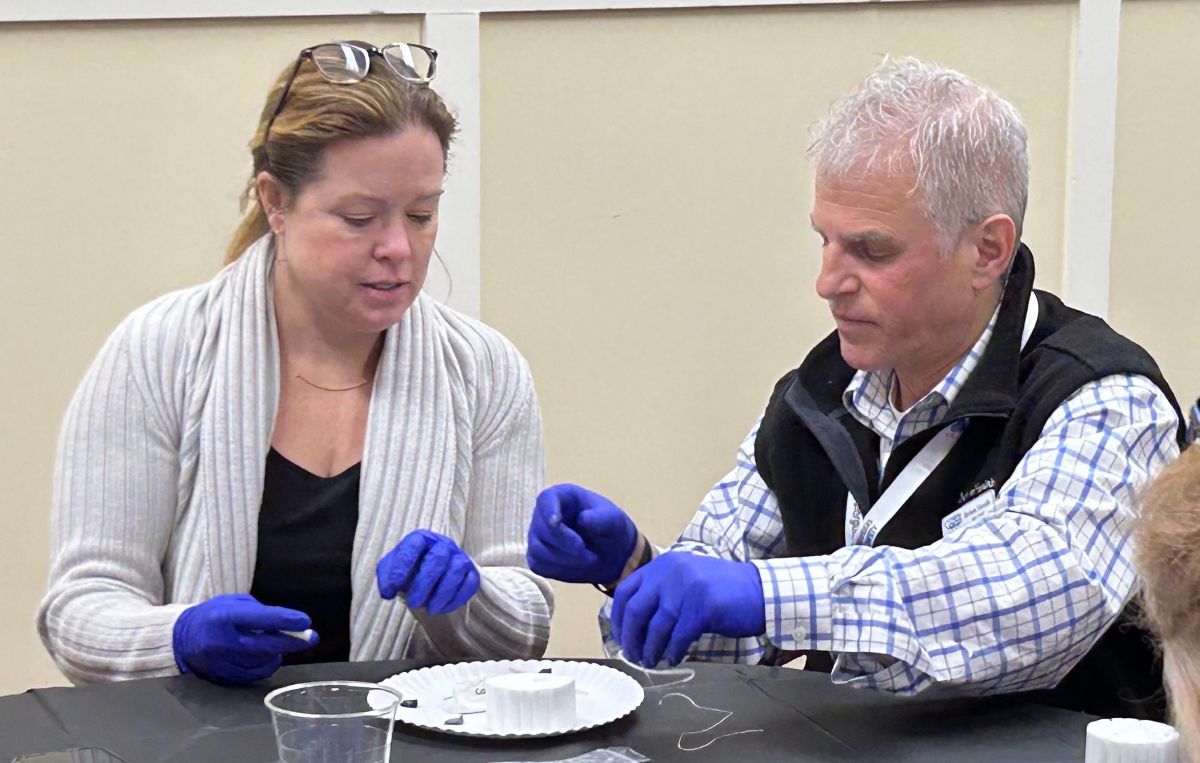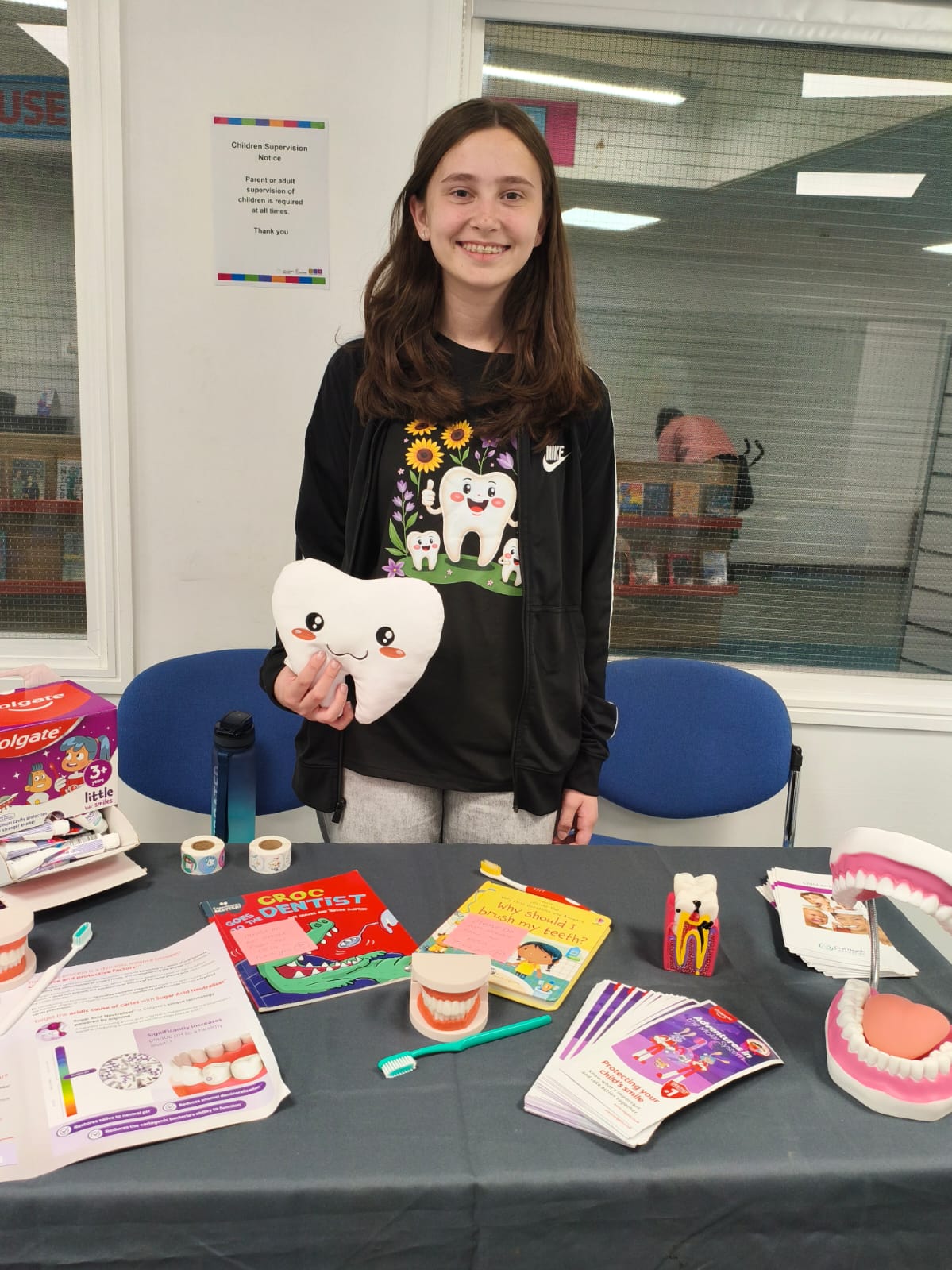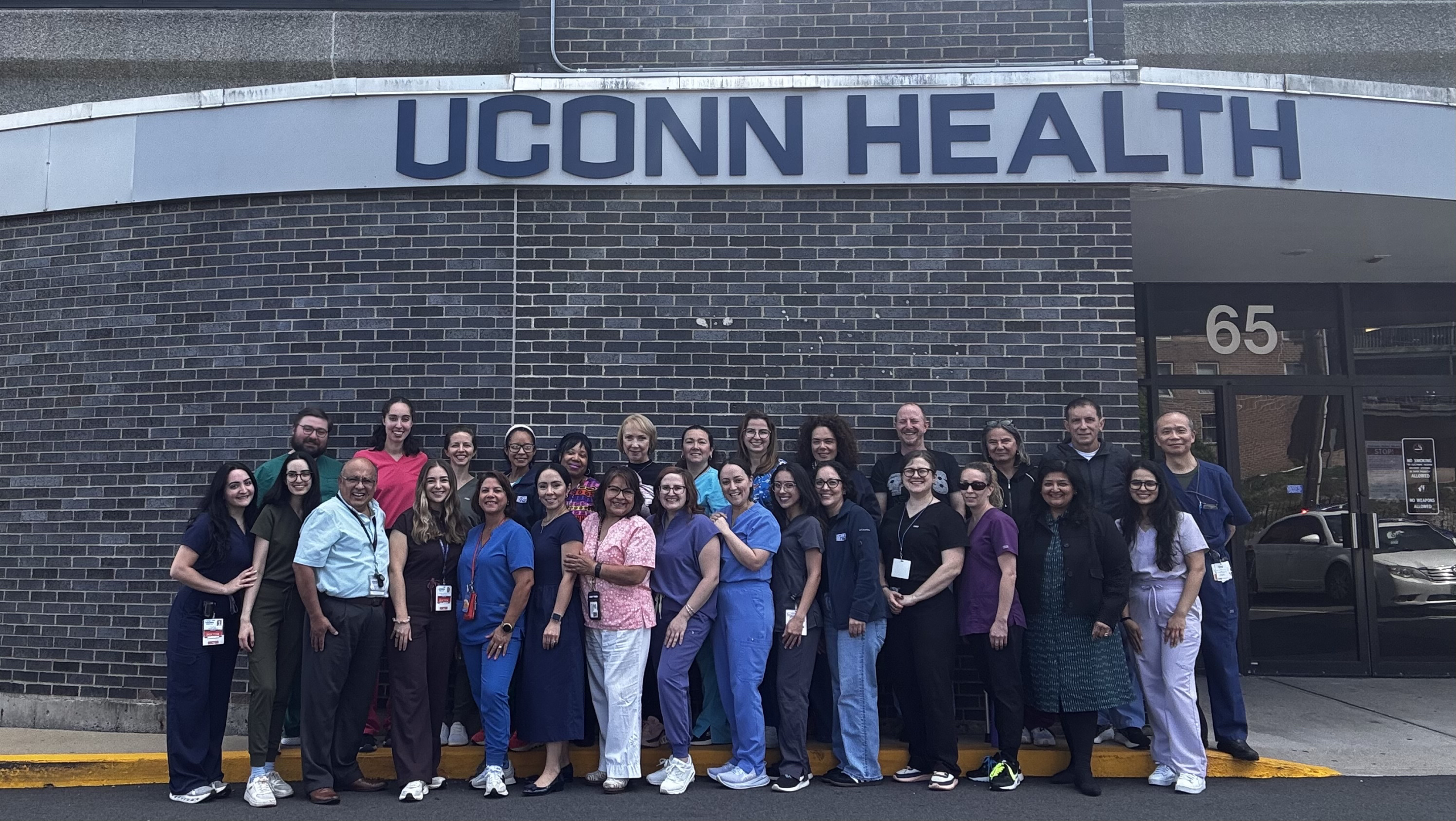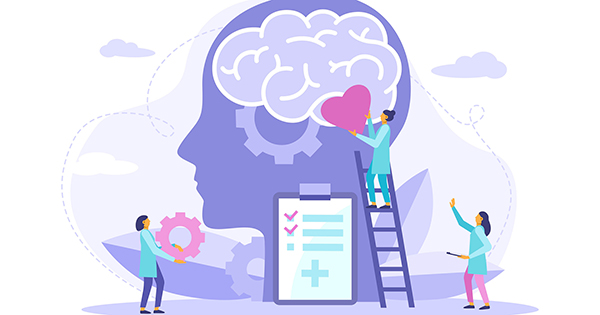In the last 200 years, healthcare has come a long way. From leeches to surgical robots, medical technology and methods have improved tremendously, allowing us to live longer, more fulfilled lives.
However, mental health has always been an underserved part of how we understand and treat health. For a large part of our modern history, mental health struggles have been greatly misunderstood and mistreated. Procedures like lobotomies and metrazol therapy often left patients impaired and had little to no effect on the conditions afflicting them, according to Concordia University, St. Paul.
Mental health is a more prevalent topic today, with decades of research guiding approaches to treatment. In the United States, 1 in 5 people are afflicted by mental health conditions. Given this large population, organizations and institutions like businesses, government agencies and universities now host mental health resources.
West Virginia University offers many resources to students and faculty tackling mental health and wellness.
WVU’s go-to place for mental health resources is the Carruth Center. Located in the Student Health Building, the Carruth Center has been established to be the primary location to seek help for mental health struggles.
The Carruth Center offers many options for counseling that target students’ unique needs.
For example, consultation appointments may help with immediately solvable problems like stress about workload or interpersonal conflicts, while counseling is available to students with mental health issues or concerns that require ongoing appointments to address.
This range of available help is an incredibly important aspect of mental healthcare. Each individual requires specific needs that may not be satisfied by traditional one-on-one therapies. The Carruth Center addresses these by also offering online counseling and workshops to encourage students to learn ways to address their anxieties and stress.
Many resources are also tailored to students of marginalized groups. This gives options catered to students who are racial minorities, members of the LGBTQ+ community and students with disabilities, among others. These groups have unique struggles in society that sometimes require specialized attention separate from traditional mental healthcare.
Only half of the 59 million Americans with mental illness received treatment in 2022, according to the National Institute of Mental Health. For many, cost is a major factor in avoiding treatment for something they perceive as unimportant.
The Carruth Center does not charge for short-term or group counseling. This allows more students to view counseling as a resource that is approachable and accessible, rather than a financial burden.
While the increased acknowledgement of mental health and focus on treatment is amazing, I think the monolithic way we approach mental health is too “clinical.” Treating people like patients rather than humans can turn many away from seeking help and can be counterintuitive to finding working solutions tailored to individual needs.
There are many organizations at WVU separate from the Carruth Center that utilize this approach to care instead of traditional counseling.
The Collegiate Recovery Program is an organization that hosts events, activities, and participates in community service, fostering healthy community alternatives for recovering students.
Located at the Maple House, the program organizes numerous events such as weekly support group meetings, crafts, workshops and social hangouts. The organization focuses these events on self-help and healthy habit-building.
With 1 in 5 Americans afflicted with mental health conditions, it is now more important than ever for people to receive quality mental healthcare. The resources at WVU provide students and faculty with a multitude of options for receiving help for themselves and others.
link







More Stories
HEALTH IN THE KNOW: Free Training Empowers Students to Help in Mental Health Crisis
BU Offers Free Confidential Mental Health Screenings for World Mental Health Day Thursday | BU Today
The impact of physical exercise on college students’ mental health through emotion regulation and self-efficacy